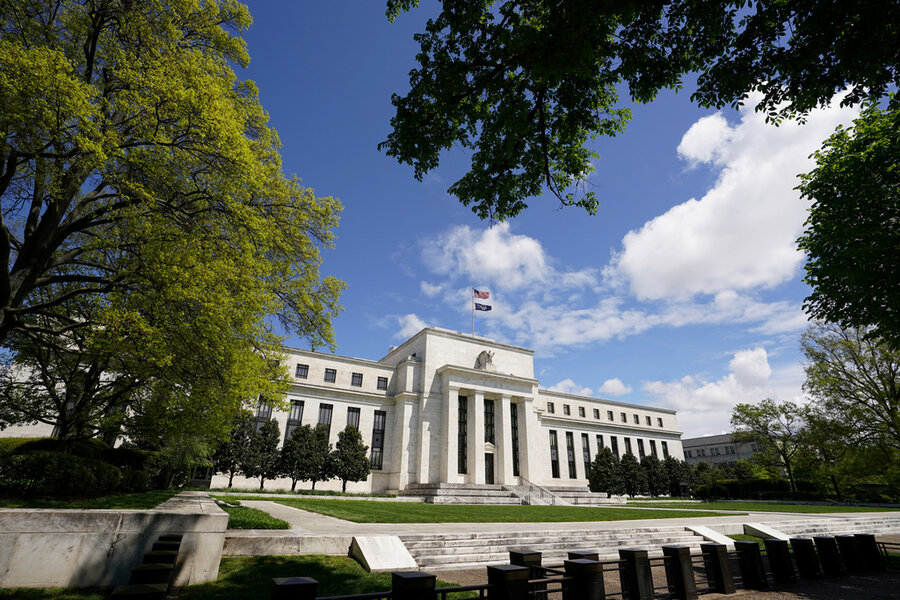Nimble creativity could restore the world economy
Loading...
Protesters in Lebanon crossed a red line Friday. They attacked the central bank, setting one of its branches ablaze in anger at the country’s severe financial crisis. It was a telling event on the global scene. Central banks are now the leaders in preventing what the World Bank predicts will be the worst global recession in 75 years, a result of pandemic lockdowns.
The gloom in Lebanon is not reflected in most places, however. Central banks have generally ripped up old rules and opened their money spigots to keep banks, corporations, and governments afloat with credit. In Japan, the central bank has bought up stock while the European Central Bank is buying downgraded bonds as collateral in return for loans. These kinds of steps are unprecedented.
In the United States, Federal Reserve Chairman Jerome Powell said the Fed has “crossed a lot of red lines that had not been crossed before” in deploying its vast lending powers. A good example: He promises no hike in interest rates through 2022. “The work of the Fed touches communities…, families, and businesses across the country. Everything we do is in service to our public mission,” Mr. Powell said.
The nimble creativity of most central banks may have prevented a total collapse of the global financial system, something not easily foreseen three months ago. As keeper of the world’s reserve currency, the Fed played a big role. Since March, it has lent $447 billion to other central banks, helping to stabilize currency exchange markets. (Lebanon is one exception.)
Now central banks must also keep breaking mental barriers in stoking an economic recovery. On Thursday, for example, Europe’s bank decided to provide $1.5 trillion to financial institutions as a way to end a recession. That amount is close to 9% of Europe’s economic output for 2020.
Mr. Powell points out that the innovations of the rescue efforts have mattered as much as their size and speed of delivery. Compared with past crises, the Fed, like many central banks, knows much better where the needs are. Sometimes the best models of thinking are those that challenge the old models.







